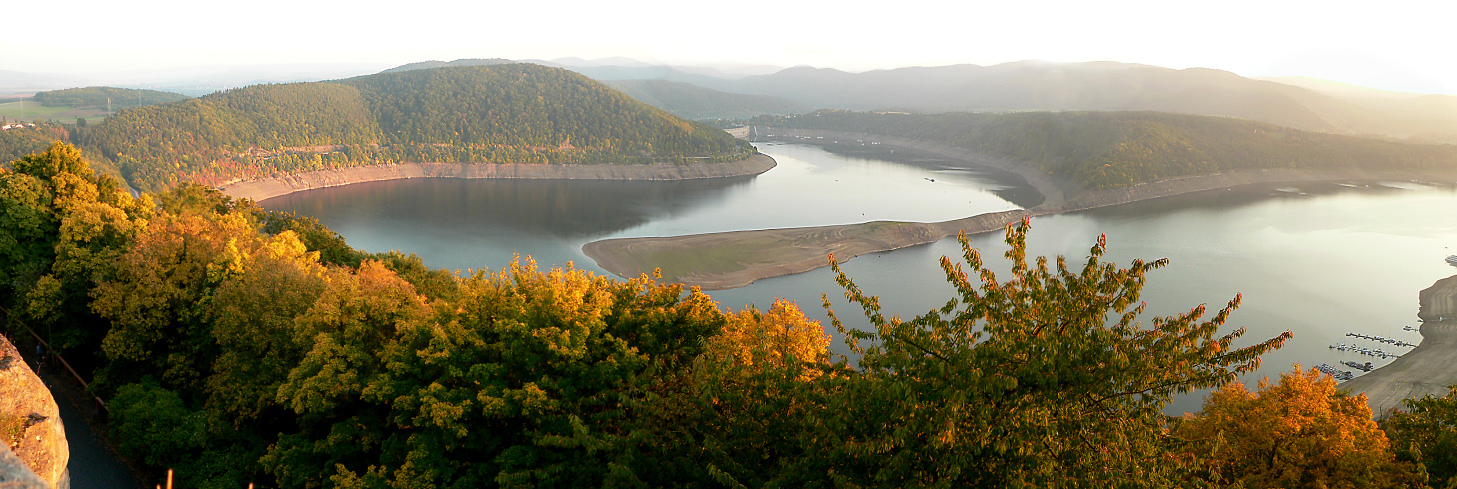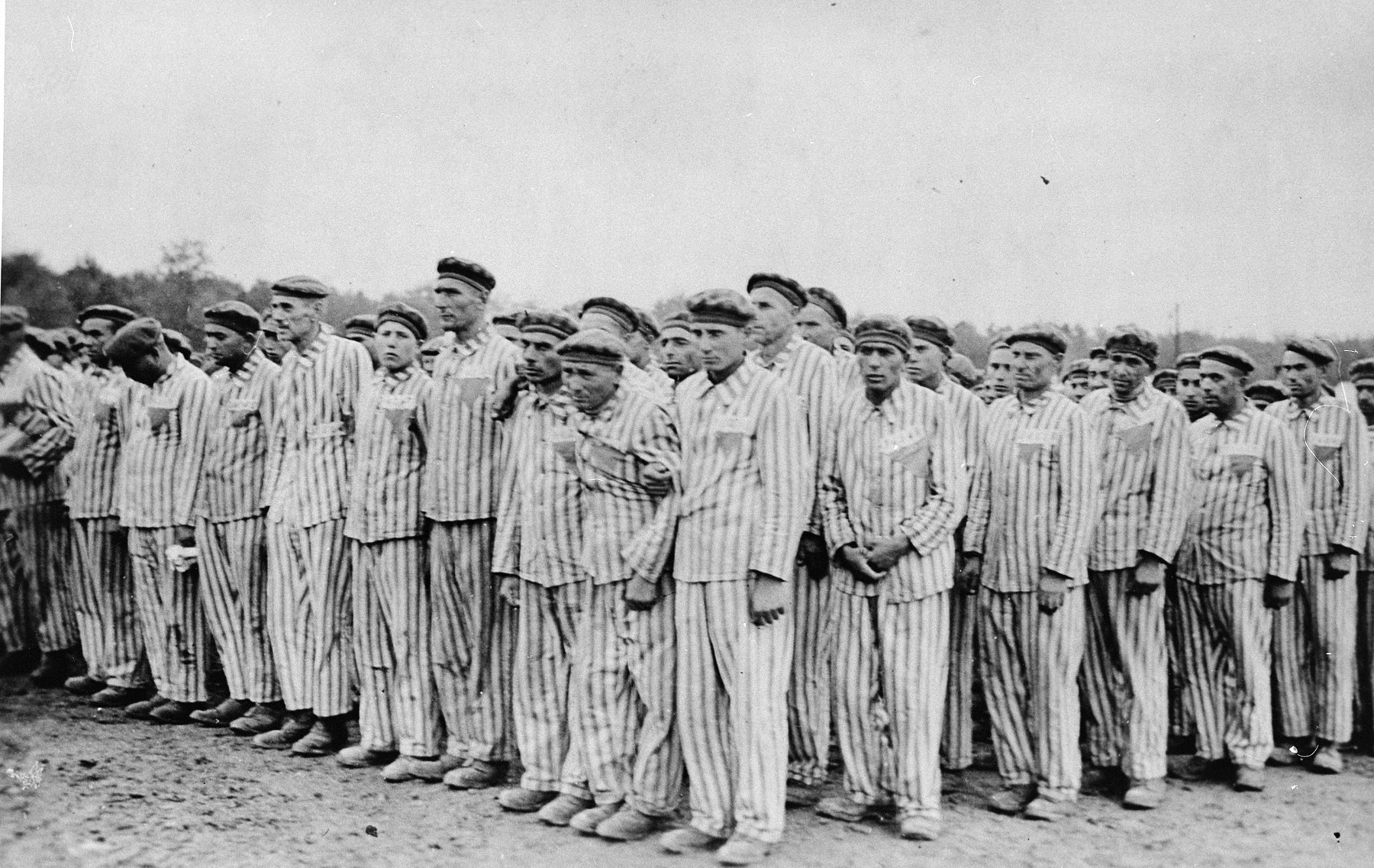|
Arolsen Klebeband 01 069
Bad Arolsen (, until 1997 Arolsen, being the German name for ''Spa'') is a small town in northern Hesse, Germany, in Waldeck-Frankenberg district. From 1655 until 1918 it served as the residence town of the Princes of Waldeck-Pyrmont and then until 1929 as the capital of the Waldeck Free State. The International Tracing Service has its headquarters in Bad Arolsen. Geography Location Bad Arolsen is situated roughly 45 km west of Kassel. The German-Dutch holiday road called the Orange Route runs through the town, joining towns, cities and regions associated with the House of Orange. Neighbouring communities Bad Arolsen neighbours are: the town of Diemelstadt to the north, the town of Volkmarsen (both belonging to the county of Waldeck-Frankenberg); the town of Wolfhagen in the southeast (Kassel district); the town of Waldeck to the south, the community of Twistetal to the southwest; the community of Diemelsee to the west (the last three in Waldeck-Frankenberg county ... [...More Info...] [...Related Items...] OR: [Wikipedia] [Google] [Baidu] |
Waldeck-Frankenberg
Waldeck-Frankenberg is a ''Kreis'' (district) in the north of Hesse, Germany. Neighbouring districts are Höxter, Kassel, Schwalm-Eder, Marburg-Biedenkopf, Siegen-Wittgenstein, Hochsauerland. History The district was created in 1972 by merging the two districts of Frankenberg and Waldeck. Much of the area of the district had previously been part of the Free State of Waldeck until 1929, and its predecessor the Principality of Waldeck and Pyrmont before 1918. Geography The district is located in the mountains of the Sauerland, with the highest elevation in the district of . With , it's the largest district in Hessen. Four artificial lakes created by dams are in the district, the biggest is the Edersee, which covers an area of . The Eder is also the main river in the district; the Diemel in the north is a smaller river. Mountains * Osterkopf * Sähre Hills * Kohlenberg Coat of arms ; Blason :''“Per bend sinister Azure a lion rampant issuant per fess Argent and Gules a ... [...More Info...] [...Related Items...] OR: [Wikipedia] [Google] [Baidu] |
Marsberg
Marsberg () is a town in the Hochsauerland district, in North Rhine-Westphalia, Germany. History Although its origins are obscure, Marsberg was a prospering town by the 13th century (it was even minting coins). It was a free city until 1807, when it was incorporated into the Kingdom of Westphalia, until 1813. After two years of independent government, it was added to Prussia in 1815. Geography It is situated on the river Diemel, approx. 20 km east of Brilon and 30 km south of Paderborn. Neighbouring municipalities * Bad Arolsen * Bad Wünnenberg * Brilon * Diemelsee * Diemelstadt * Lichtenau, Westphalia, Lichtenau * Warburg Town division Marsberg consists of the following 17 districts: * Beringhausen * Borntosten * Bredelar * Canstein * Erlinghausen * Essentho * Giershagen * Heddinghausen * Helminghausen * Leitmar * Meerhof * Niedermarsberg * Obermarsberg * Oesdorf * Padberg * Udorf * Westheim International relations Marsberg is town twinning, twinned with: ... [...More Info...] [...Related Items...] OR: [Wikipedia] [Google] [Baidu] |
American-occupied Zone Of Germany
The American occupation zone in Germany (German: ), also known as the US-Zone, and the Southwest zone, was one of the four occupation zones established by the Allies of World War II in Germany west of the Oder–Neisse line in July 1945, around two months after the German surrender and the end of World War II in Europe. It was controlled by the Office of Military Government, United States (OMGUS) and ceased to exist after the establishment of the Federal Republic of Germany on 21 September 1949 (FRG established 23 May 1949), but the United States maintains military presence across Germany. Occupation Geography The zone encompassed a large section of south-eastern and central Germany: * Bavaria (including the Thuringian exclave of Ostheim, but excluding Lindau and the Palatinate) * The Prussian provinces of Kurhessen and Nassau (excluding the various exclaves belonging to them and the districts of Oberwesterwald, Unterwesterwald, Unterlahn, and Sankt Goarshausen) * The ... [...More Info...] [...Related Items...] OR: [Wikipedia] [Google] [Baidu] |
Occupation Of Poland (1939–1945)
During World War II, Poland was occupied by Nazi Germany and the Soviet Union following the invasion in September 1939, and it was formally concluded with the defeat of Germany by the Allies in May 1945. Throughout the entire course of the occupation, the territory of Poland was divided between Nazi Germany and the Soviet Union (USSR), both of which intended to eradicate Poland's culture and subjugate its people. In the summer-autumn of 1941, the lands which were annexed by the Soviets were overrun by Germany in the course of the initially successful German attack on the USSR. After a few years of fighting, the Red Army drove the German forces out of the USSR and crossed into Poland from the rest of Central and Eastern Europe. Sociologist Tadeusz Piotrowski argues that both occupying powers were hostile to the existence of Poland's sovereignty, people, and the culture and aimed to destroy them. Before Operation Barbarossa, Germany and the Soviet Union coordinated th ... [...More Info...] [...Related Items...] OR: [Wikipedia] [Google] [Baidu] |
Buchenwald Concentration Camp
Buchenwald (; 'beech forest') was a German Nazi concentration camp established on Ettersberg hill near Weimar, Nazi Germany, Germany, in July 1937. It was one of the first and the largest of the concentration camps within the Altreich (pre-1938 Nazi Germany), Altreich (Old Reich) territories. Many actual or suspected communists were among the first internees. Prisoners came from all over Europe and the Soviet Union, and included Jews, Polish people, Poles, and other Slavs, the mentally ill, and physically disabled, political prisoners, Romani people, Roma, Freemasonry, Freemasons, and prisoners of war. There were also ordinary criminals and those perceived as sexual deviants by the Nazi regime. All prisoners worked primarily as forced labor in local armaments factories. The insufficient food and poor conditions, as well as deliberate executions, led to 56,545 deaths at Buchenwald of the 280,000 prisoners who passed through the camp and its List of subcamps of Buchenwald, 139 sub ... [...More Info...] [...Related Items...] OR: [Wikipedia] [Google] [Baidu] |
List Of Subcamps Of Buchenwald
The following is a list of the forced labor subcamps of the Nazi Nazism (), formally named National Socialism (NS; , ), is the far-right politics, far-right Totalitarianism, totalitarian socio-political ideology and practices associated with Adolf Hitler and the Nazi Party (NSDAP) in Germany. During H ... Buchenwald concentration camp. List of national socialist camps and detention sites 1933 - 1945 See also * List of Nazi concentration campsNotes and references {{reflist[...More Info...] [...Related Items...] OR: [Wikipedia] [Google] [Baidu] |
Nazi Germany
Nazi Germany, officially known as the German Reich and later the Greater German Reich, was the German Reich, German state between 1933 and 1945, when Adolf Hitler and the Nazi Party controlled the country, transforming it into a Totalitarianism, totalitarian dictatorship. The Third Reich, meaning "Third Realm" or "Third Empire", referred to the Nazi claim that Nazi Germany was the successor to the earlier Holy Roman Empire (800–1806) and German Empire (1871–1918). The Third Reich, which the Nazis referred to as the Thousand-Year Reich, ended in May 1945, after 12 years, when the Allies of World War II, Allies defeated Germany and entered the capital, Berlin, End of World War II in Europe, ending World War II in Europe. After Hitler was appointed Chancellor of Germany in 1933, the Nazi Party began to eliminate political opposition and consolidate power. A 1934 German referendum confirmed Hitler as sole ''Führer'' (leader). Power was centralised in Hitler's person, an ... [...More Info...] [...Related Items...] OR: [Wikipedia] [Google] [Baidu] |




